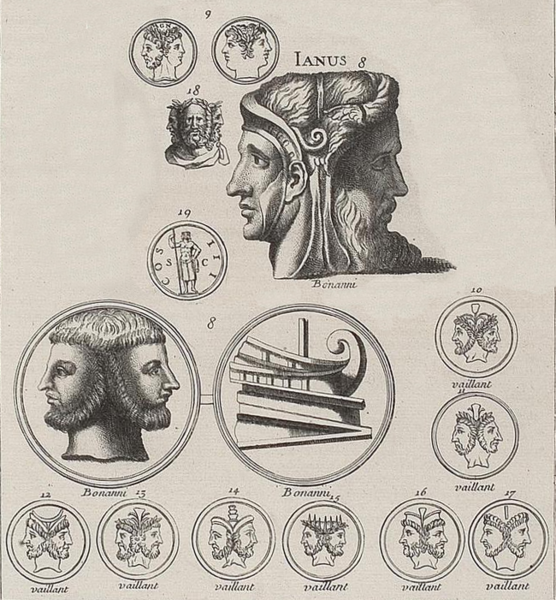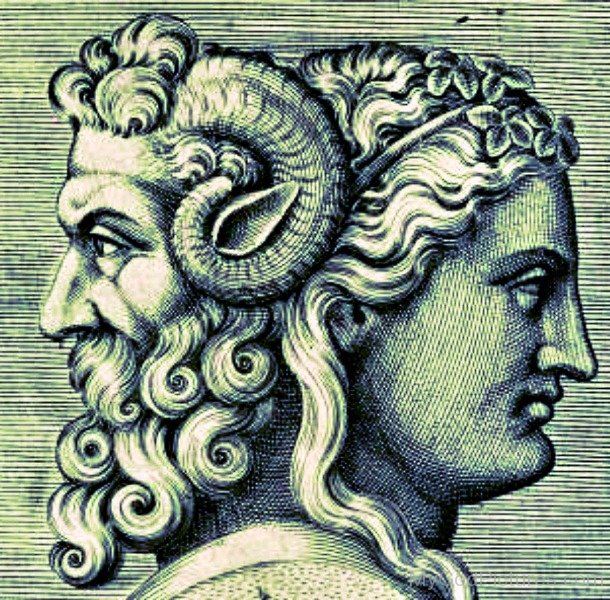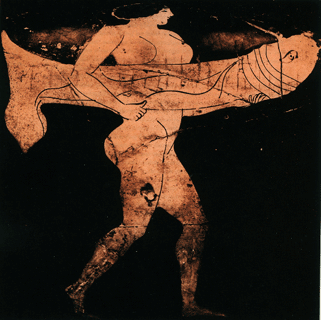Warning: Attempt to read property "ID" on null in /home/nginx/domains/gnosticwarrior.com/public/wp-includes/link-template.php on line 394
Warning: Attempt to read property "ID" on null in /home/nginx/domains/gnosticwarrior.com/public/wp-includes/link-template.php on line 409
Podcast: Play in new window | Download (Duration: 7:26 — 5.4MB) | Embed
Subscribe: Apple Podcasts | Spotify | Email | Subscribe to the
There are many holidays we celebrate across the world, and especially here in America that very few people truly understand.
Today, January 1st is one of those holidays many people  think is just about partying and bringing in the New Year with some new resolutions that they never keep.
think is just about partying and bringing in the New Year with some new resolutions that they never keep.
But in reality, this day has a deeper meaning you are probably unaware of…
The name of the month January, is derived from the two-faced god with the Latin name of Janus.
The reason he has two faces, is because one face looks back into the past, and the other face forward to the future.
This is essentially what happens on New Years Eve when you countdown to midnight which is the ending of one year, and the beginning of a brand new year filled with new hopes and dreams.
A time to put an end to the past year which is now old, and begin fresh with a new year.
To the ancient pagans and Greeks, he was their custodian of the key to the Temple of Wisdom.
Plutarch had written; “For this Janus, in the most remote antiquity, whether a demi-god or a king, being remarkable for his political abilities, and his cultivation of society, reclaimed men from their rude and savage manners; he is therefore represented with two faces, as having altered the former state of the world, and given quite a new turn to life.”
The Greek historian and geographer, Strabo, had said that the original worship of Janus had come from the priesthood of the Curetes of Crete who were accustomed to celebrate annually the rites of Juno and Latona, on Solmissus. (1)
The Roman advocate, rhetorician, and Christian apologist, Minucius Felix had said Saturn fled from Crete to Italy and was received hospitably by Janus. Out of gratitude, since he was a Greek of culture, he taught the rude and uncivilized Italians many things, among them, to write, to coin money, and to make tools.(2) 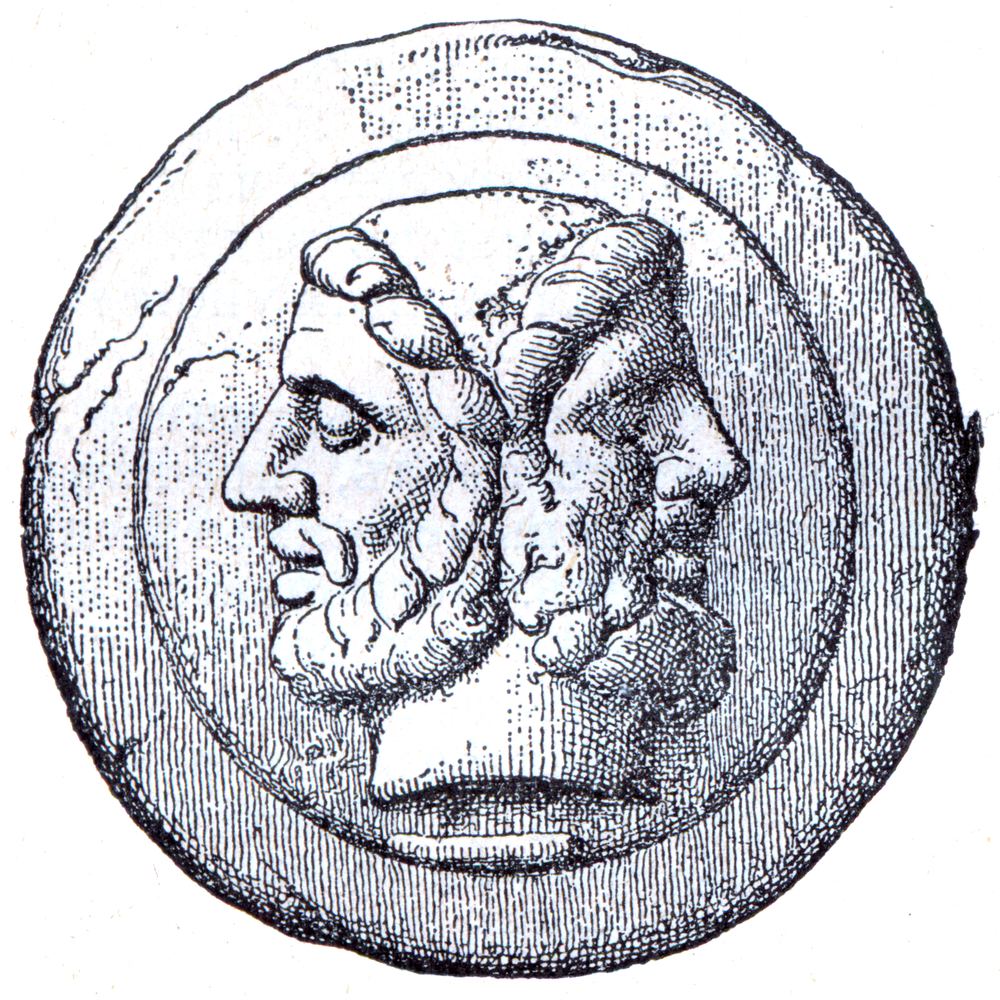
The ancient Romans had adopted him as their god of time, doorways, new beginnings, coinage, war and peace. The double face of Janus was often placed on Roman coins.
During the time of war, the Gates of Janus would be left open, and when a war was about to commence, lavish wartime ceremonies were performed throughout the Roman Empire.
It was during the time of Pax Romona (Peace of Rome), when Augustus Caesar had officially “closed the gates of Janus,” instituting a time of peace which ended 200 years of constant war.
The Pax Romana started after Octavian (Augustus) beat Marc Anthony in the Battle of Actium. He became princeps, or “first citizen”.
Lacking a good precedent of successful one-man rule, Augustus created a junta of the greatest military magnates and stood as the front man. By binding together these leading magnates in a coalition, he eliminated the prospect of civil war.
The Pax Romana was not immediate despite the end of the civil wars, because fighting continued in Spain and in the Alps. Nevertheless, Augustus closed the Gates of Janus (the Roman ceremony to mark world Peace) three times,[2] first in 29 BC and again in 25 BC.
The third closure is undocumented, but Inez Scott Ryberg (1949) and Gaius Stern (2006) have persuasively dated the third closure to 13 BC with the Ara Pacis ceremony.
At the time of the Ludi Saeculares in 17 BC the concept of Peace was publicized, and in 13 BC was proclaimed when Augustus and Agrippa jointly returned from pacifying the provinces.
The Ara Pacis ceremony was no doubt part of this announcement. Augustus faced a problem making peace an acceptable mode of life for the Romans, who had been at war with one power or another continuously for 200 years. Romans regarded peace not as an absence of war, but the rare situation that existed when all opponents had been beaten down and lost the ability to resist.
Augustus’ challenge was to persuade Romans that the prosperity they could achieve in the absence of warfare was better for the Empire than the potential wealth and honor acquired when fighting a risky war.
Augustus succeeded by means of skillful propaganda. Subsequent emperors followed his lead, sometimes producing lavish ceremonies to close the Gates of Janus, issuing coins with Pax on the reverse, and patronizing literature extolling the benefits of the Pax Romana.(Wikipedia)
For these changes, he would be deemed by the priesthood of the Curetes as the successor to his father Julius Caesar who was known as 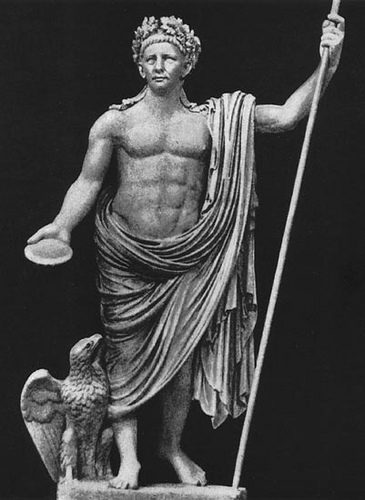 “Divus Iulius” (Latin for “Julius is God”) , and he would be given the title of Divi Filius (Latin for the “Son of a God”).
“Divus Iulius” (Latin for “Julius is God”) , and he would be given the title of Divi Filius (Latin for the “Son of a God”).
He would be known as the Savior to the Romans, and over time, savior to much of the world.
This was after he had conquered Egypt and thus “began the rule” of the Romans.
It was in 8 B.C. when Augustus had instituted a “new Roman calendar” adding “two new months.”
One for the month of July which is the birthday of his father Julius, and another month called August which would be honored as the birth month of Augustus. In addition to these changes with new times, dates and the end of the old age, came the beginning of a New Age called the 6th Age in which we are currently in the year 2014 of this same age.
Saint Bede, the Father of English History and Doctor of the Church had written in his Biographical Writings and Letters;
“In the forty-second year of Augustus Caesar, in the twenty-seventh from the death of Antony and Cleopatra, when Egypt became a Roman Province, in the third year of the 193rd Olympiad, and in the 752nd from the building of the city, in the year when all the commotions of nations were stilled throughout the whole world, and by the appointment of God, Caesar had established real and durable tranquility, Jesus Christ consecrated by his advent of the 6th age of the world.”
33rd Degree Freemason, Manly P. Hall had said Janus would later become Saint Peter who is often depicted holding keys, which symbolize the keys to heaven.
To mark the beginning of this age, we know St Peter was crucified upside down.
1. Herculanensia; or Archeological and philological dissertations, containing … By Sir William Drummond, Robert Walpole
2. Janus in Roman Life and Cult: A Study in Roman Religions … By Bessie Rebecca Burchett


